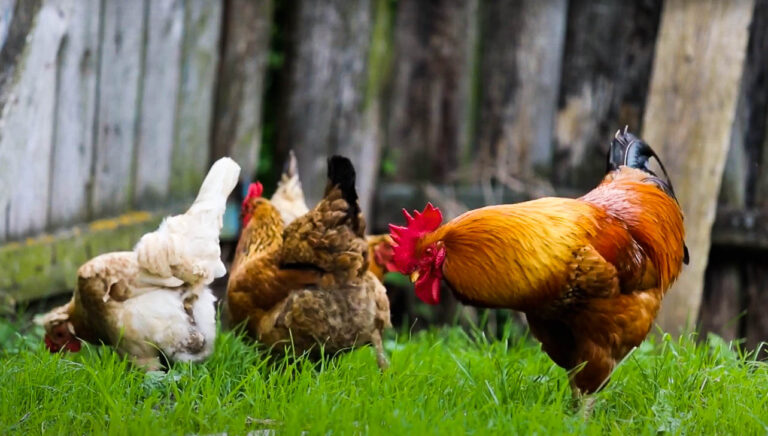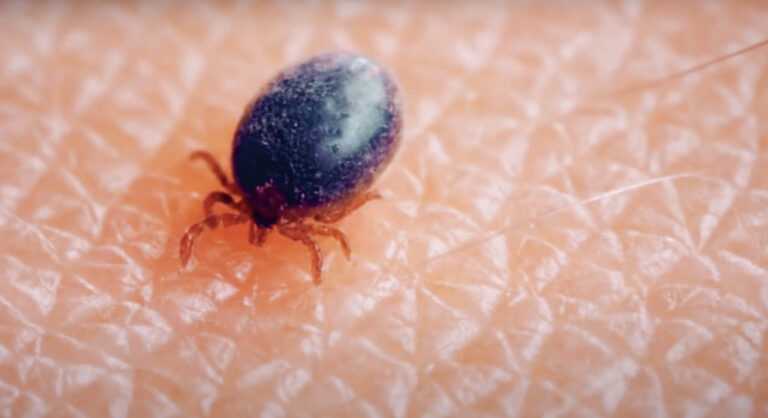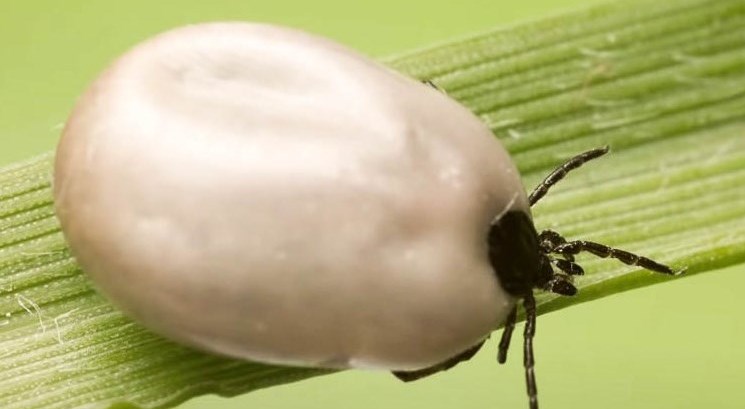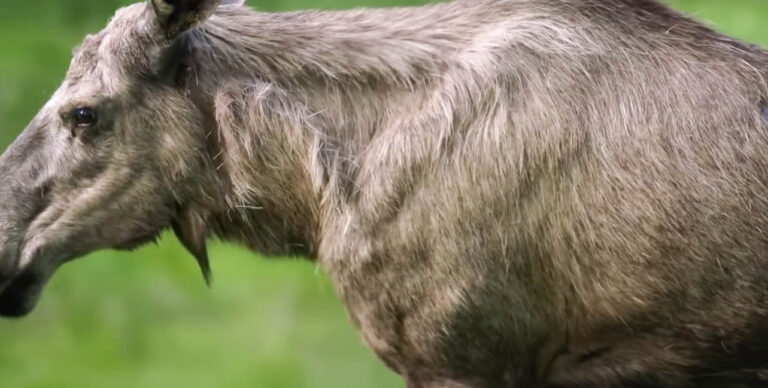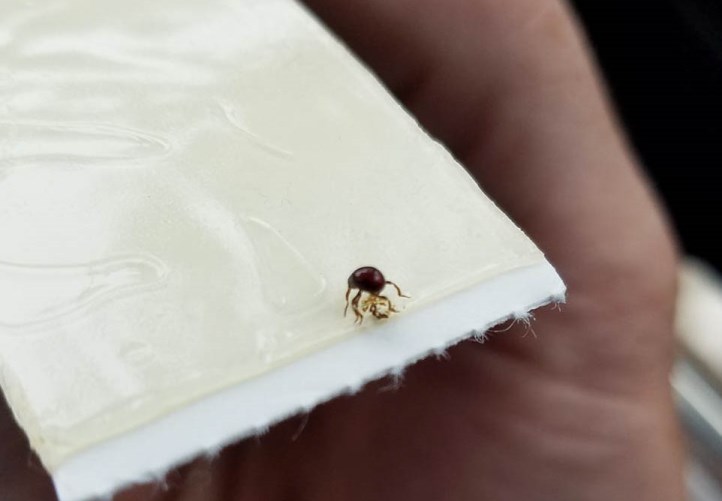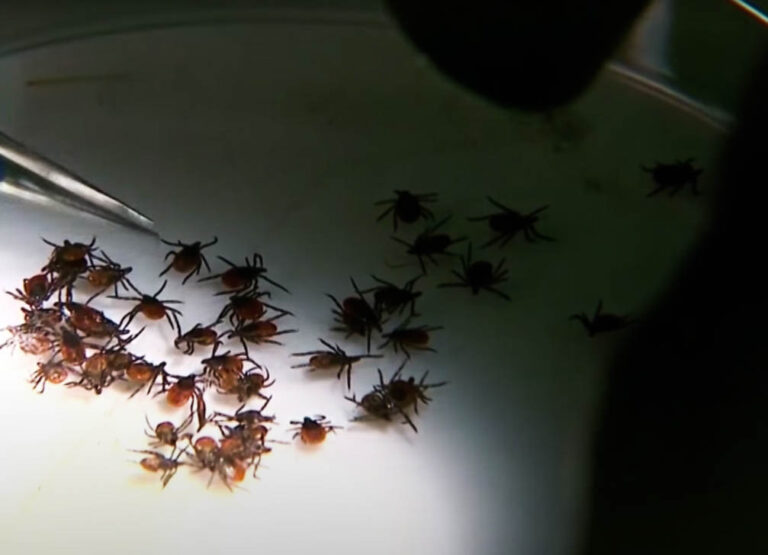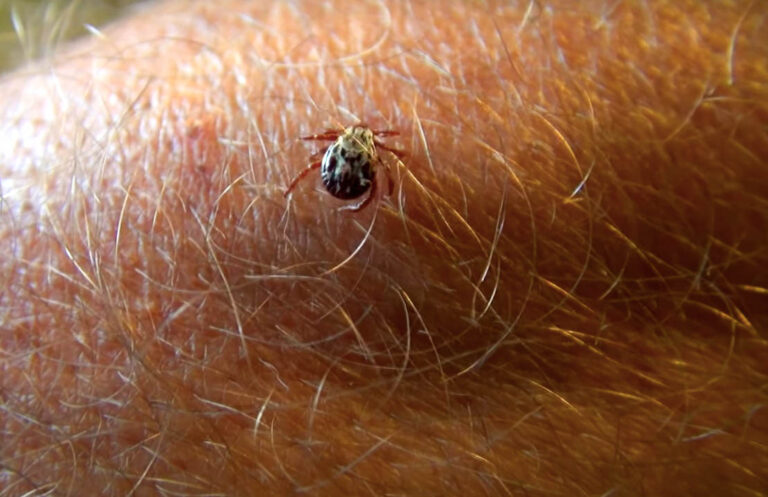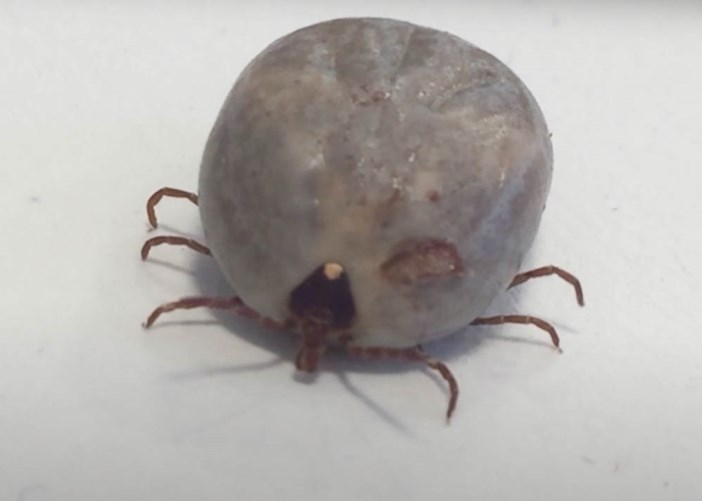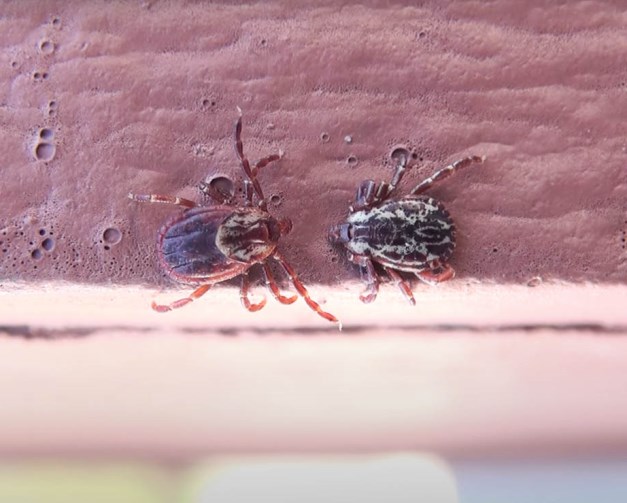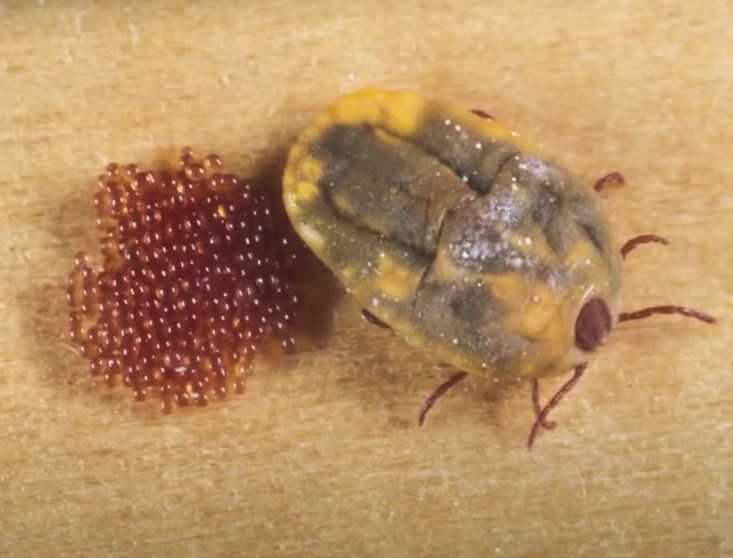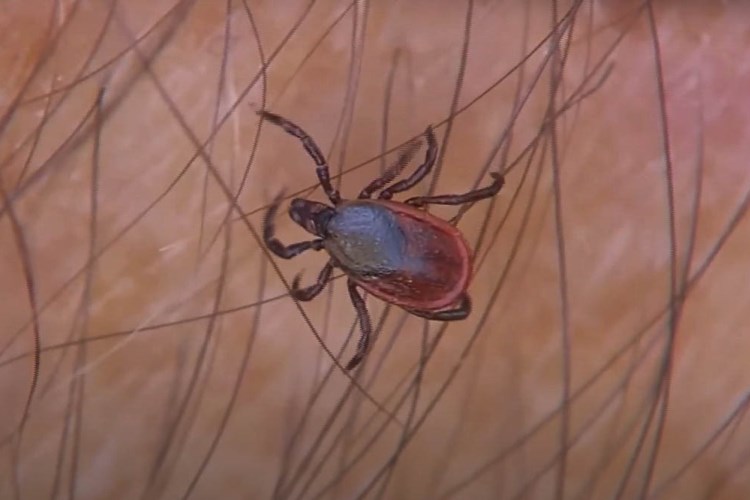About Seed Ticks
About Seed Ticks
Seed ticks are named because of their physical appearance, especially their tiny sizes. They are the larval forms of different ticks. They are known for their tiny sizes that are suited for their parasitic and vector tendencies. These ticks are known carriers of harmful diseases. Seed ticks are the first forms of ticks that infest hosts and may remain attached to the host for the rest of their lives.
Appearance
Seed ticks get their name from their appearance. The ticks are very small and have a physical appearance that is likened to poppy seeds. The size of seed ticks also makes them look like freckles or moles. While the adult ticks have eight legs, the larval form has six legs. Other notable physical features of seed ticks include the lack of segmentation. Seed ticks do not have body segments. Also, they do not have antennae. For all species of ticks, the seed ticks are always smaller than adults with different physical features.
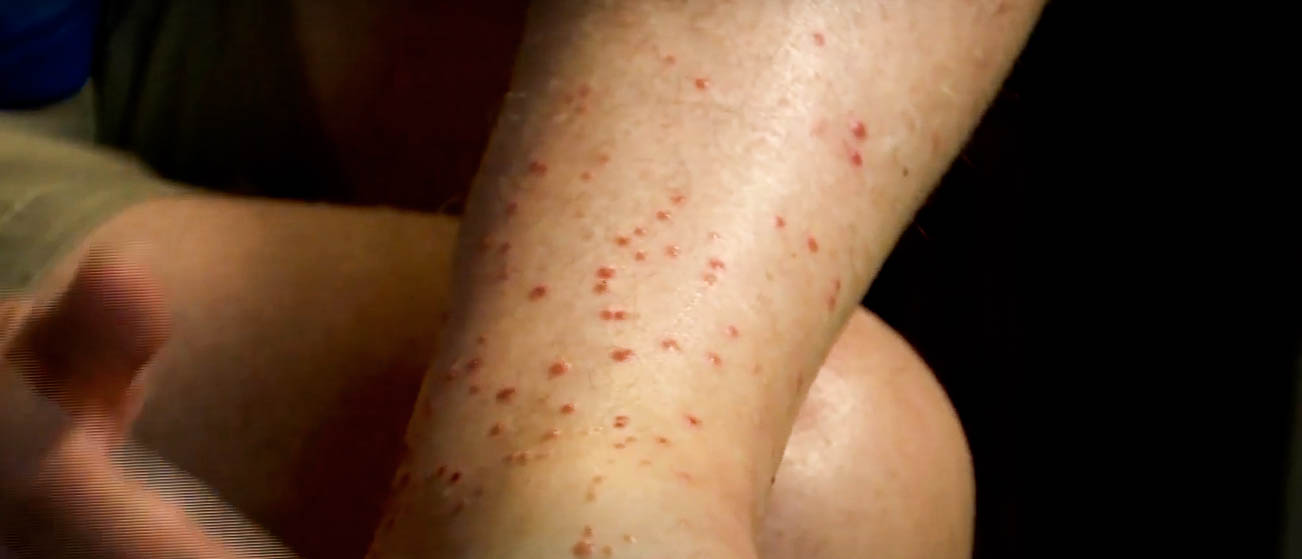
Behavior
Seed ticks are the form of ticks that are newly hatched from eggs laid by the female adult tick. They need blood to continue their development. Thus, the ticks actively search for suitable hosts and try to get blood meals as soon as possible. Seed ticks can survive without blood meals for periods that vary according to the species of the tick. Some species of seed ticks can survive for years without meals. The overall survival period is dependent on features like environmental conditions.
They find suitable hosts by climbing grass and other vegetation. This is because they cannot fly or jump and climbing to the top of vegetation gives them better access to suitable hosts. As the hosts come around, they attach to it.
Seed ticks could apply different techniques to improve the rate of attachment to suitable hosts. Seed ticks belonging to the moose tick family attach to grass and other vegetation in large numbers. That way, as the moose passes by, a large number of seed ticks can attach to it with ease.
The ticks are typically more pressured to look for suitable hosts when the temperatures are colder. This is because a lot of seed ticks struggle when the temperatures are lower. Desiccation also affects the development of seed ticks
When seed ticks attach to their hosts, they steadily suck blood and could remain attached for days. They need sufficient blood to molt. The molting of seed ticks could occur in a single phase. There could also be multiple molting phases until the nymphs develop.
Even though seed ticks can be attached to their host for days, they could go mostly unnoticed. This is because the bites of seed ticks can cause minimal pain. Seed ticks pierce the skin with their mouthparts. This process could cause minimal discomfort to the host. The only sign of infestation in human hosts could be the redness of the skin from the bites.
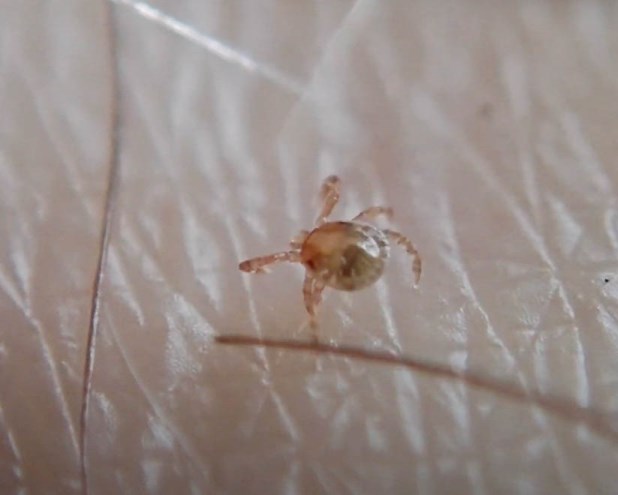
Seed ticks are notorious for spreading diseases. They usually pick up the pathogen when feeding on an infected host. They pass on the pathogen to an uninfected host either in their nymphal form or adult form. Lyme disease is one of the top diseases spread by seed ticks. Lyme disease is spread by different species of seed tick such as the deer tick.
Seed ticks could be a one-host species or multiple-host species. The one-host species choose a singular host as their source of blood meals from their larval form to their adult form.
One such species is the moose tick. So, after the seed tick takes a blood meal, it does not fall to the ground to molt. The multiple-species seed ticks take blood meals and then fall to the ground and seek a suitable spot for molting into nymphs.
Behavior
Seed ticks are distributed according to their species. They usually prefer areas that give them access to their hosts. Such areas include wooded areas and forested areas. They could also prefer areas with a high level of humidity.


